

HANDS-ON Electric Vehicles (EV) & Hybrid Labs
For Engineering Teaching & Research
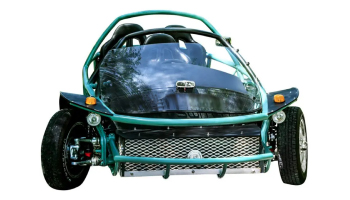
Open Architecture Road-Ready EV with Projects and Curriculum
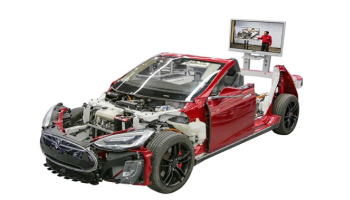
Functional Models – Turnkey Hybrid & Electric Vehicle trainers systems
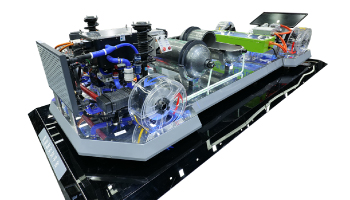
Hydrogen Energy Vehicle System Training Platform

Vehicle Electrification Simulation & Design Software

Battery Management System, HIL, RCP & Automotive Drives
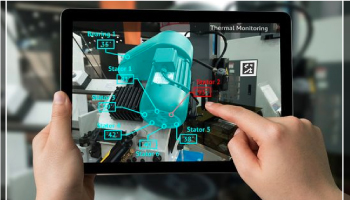
CAD, IoT & AR Design for EV
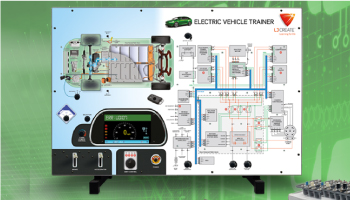
Electric Vehicles, Hybrid & Fuel Cell Trainer Systems
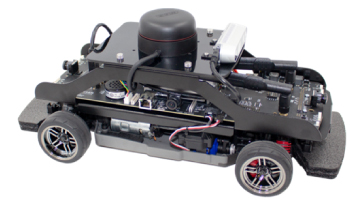
Self-Driving Cars - Sensor-Rich Autonomous Vehicle Systems
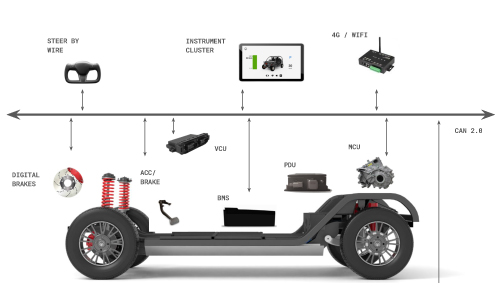
Open Source EV Platform for Advanced Vehicle Development & Applied Research
Designed for Industry & Research
- - Autonomous Vehicles Development
- - EV Component Development
- - (BATT. Pack/BMS/Motor/MCU/Wireless Charging)
- - Automotive Grade Materials 7 Components
- - Shorter Development TAT & Quick Go To Market
- - Built on Industry Standards & Protocols
Electric Vehicle Lab Equipment's
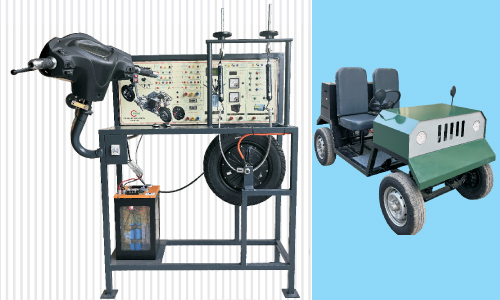
Open Architecture Road-Ready EV with Projects & Curriculum
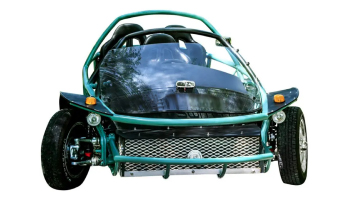
Re-Usable, Durable and Cost Effective.
The EV car is designed to be built, tested and driven, and then disassembled for the next class to use – every semester, and year after year.
Option 1:
SL - DC/72
DC drive system
72 volt AGM Lead Acid
Option 2:
SL - PM/72
PM Drive System
72 Volt AGM Lead Acid
Option 3:
SL - AC/96
AC drive system
96 volt Lithium Ion
Option 4:
SL - PM/96
Hyper/9 drive system
96 volt Lithium Ion
Instructor Workshops
Our Workshops include everything you need to ensure a successful classroom project. You’ll receive guidance for teaching mechanics and electricity, and you’ll build the EV from the ground up, just like your students will.
Electric Vehicle Kits
Students work together to assemble a road-ready electric vehicle following clear instructions. Our “re-usable” kit includes the chassis, AC, DC or Permanent Magnet drive system, battery, all required wiring, lights, seat, seat-belt and windscreen.
Classroom Curriculum
The EV Lab is an all-inclusive, turn-key program with four vehicle options and two levels of curriculum support. Designed to be adaptable to a range of courses and schedules, it supports STEM, CTE and Common Core in one package.
Functional Electric-Hybrid & Hydrogen Vehicle Models
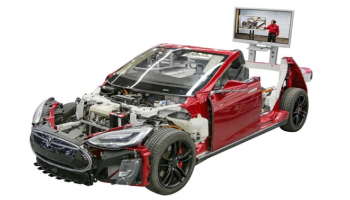
Tesla-Model S Whole Car Training Platform
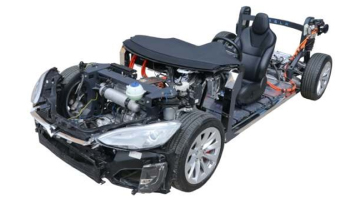
Tesla-Model S Power and Chassis Training Platform
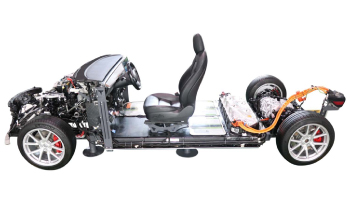
Tesla-Model S Power and Chassis System Training Platform
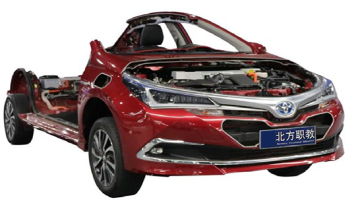
Toyota-Corolla Hybrid Vehicle Training Platform
Electric-Hybrid & Hydrogen Vehicle trainers
Functional Models - Turnkey Electric-Hybrid & Hydrogen Vehicle trainers systems
We offer a wide range of functional models for automotive technical research & education. This includes Electric-Hybrid & Hydrogen functional models to meet the expected global rise in demand for this type of vehicle and the subsequent need for R&D and trained professionals.
Hydrogen Energy Vehicle System Training Platform
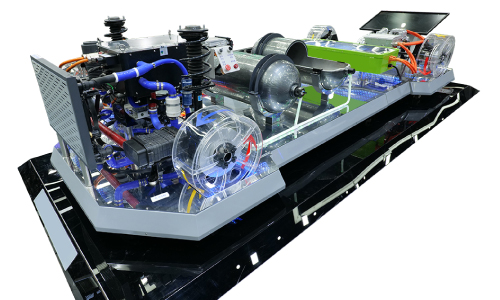
Edutech’s Hydrogen energy vehicle platform is a high-quality platform for "production, teaching and research" in the field of smart cars, providing hundreds of secondary and higher vocational colleges with a full set of customized solutions for training rooms, free teacher training, a full set of textbooks, supporting online courses, cutting-edge facilities and equipment and other services. Invested in the construction of a new energy vehicle experience center, which has become an automobile science education base. 5G has come, and technology is used to make the complex world simpler. The working process of the fuel cell, the working principle of hydrogen and oxygen pressurized mixing, the voltage output of the fuel cell, and the heat dissipation process of the fuel cell. Fuel cell dynamic data stream output. Hydrogen vehicles, as the name suggests, are vehicles that use hydrogen as an energy source, and convert the chemical energy generated by the hydrogen reaction into mechanical energy to propel the vehicle.
Vehicle Electrification Simulation & Design Software
The extraordinary design challenges posed by mobility electrification require equally extraordinary solutions. Simulation is the a way to efficiently address the design demands that will define a successful race to market. Electric mobility leaders are already reporting on the benefits of electric vehicle simulation software and its empowering effect on the design process.

Electrified Powertrain System Integration
Integrate highly complex, electric vehicle (EV) and hybrid-electric vehicle (HEV) powertrains and their subsystems and components.
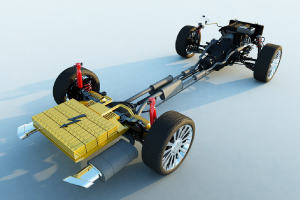
Battery Management System (BMS) Design Software
An integrated solution for BMS development that allows for risk-free virtual testing.
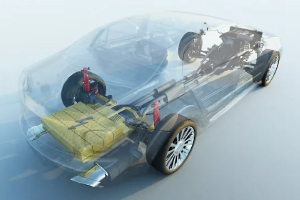
Battery Management System (BMS) Simulation
We o ers a state-of-the-art battery system EMI/EMC simulation solution that seamlessly combines frequency and time domain simulation.
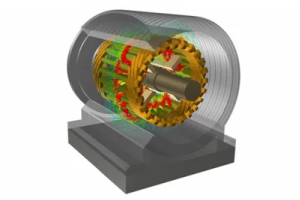
Electric Motor
Full system integration from the concept design stages to analysis optimization and verification
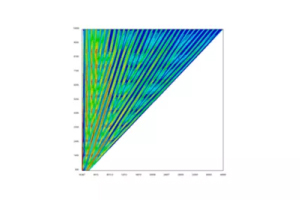
50% Reduction In Overall Development Time
Simulation empowers engineers with rapid prototyping to see what works, without investing time into building physical models for every prototype and version.

75% Reduction In Ac Drive Development Time
While simulation helps streamline your entire workflow, especially difficult problems often see the biggest benefits. The more complex the required tests, the more time simulation can save.
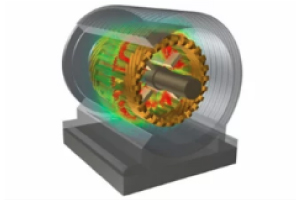
12% Improvement in Power Density and Energy Efficiency
Improved power systems drive consumer confidence by reducing range anxiety. Market leaders are already using Ansys software to create more inspiring vehicles with less wasted time and resources.
Battery Management System, HIL, RCP & Automotive Drives
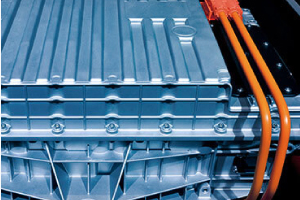
Battery Management Systems
OPAL-RT TECHNOLOGIES, in partnership with comemso®, introduces top of the line Battery Management System HIL test solution. Our exible BMS approach makes it possible to integrate new technology as soon as it is introduced into the vehicle.

Electric Vehicles
OPAL-RT and National Instruments bring you the most powerful, open, and exible HIL- and PHIL-testing system designed to improve time-to-market and manage system complexity in the rapidly transforming automotive industry.
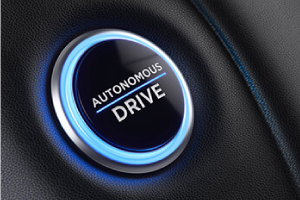
Automotive Powertrain Emulation
D&V and OPAL-RT combine leading-edge technology and innovative design to produce superior Power Hardware in the Loop (PHIL) simulation for EV/HEV motor drive inverters and DC power system test solutions.
OPAL-RT and NI’s combined capabilities Infinite possibilities for EV & BMS real-time simulation

Build or Expand Automotive Testing with NI Assets and OPAL-RT Solutions
OPAL-RT and National Instruments bring you the most powerful, open, and exible HIL- and PHIL-testing system designed to improve time-to-market and manage system complexity in the rapidly transforming automotive industry. This solution can easily be customized to adapt to changing research requirements by combining modular hardware and o -the-shelf components. Our solutions are backed by our expertise in highly customized and complex test benches, and training modules based on the world’s most advanced automotive applications.
Battery Management System, HIL, RCP & Automotive Drives

Battery Test System - Fully Customized System
"Customer Does Everything" costly (Time, Upkeep) No Ecosystem customer maintains

Battery Test System - Open Platform-Based System
"Customer knows Best" Customizable Solution Open, Valuable Ecosystem Customer Designs

Battery Test System - Closed Turnkey System
"Vendor Knows Best" Fixed Functionality Closed Ecosystem Customer Pays
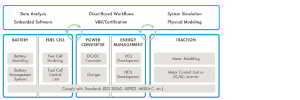
Mathematical Modelling - Fully Customized System
Engineers to front-load the development of electric vehicles (EV) through the systematic use of data and models. You can use pre-built reference applications to lower the barrier for simulation.
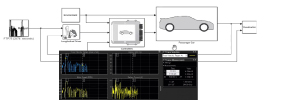
Mathematical Modelling - Develop System Architecture and Perform System Simulation
- Get full EV simulation with motors, generators, and energy storage components up and running quickly using pre-built reference applications for common powertrain configurations
- Reuse models throughout design ow from architecture, analysis, to hardware-in-the-loop (HIL) testing
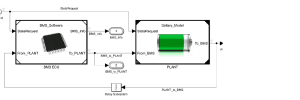
Mathematical Modelling - Model Batteries and Develop BMS
- Model and simulate batteries and develop BMS
- Simulate non-linarites, thermal effects, SOC/SOH, and degradation of batteries
- Achieve functionalities like voltage and temperature monitoring, thermal and overcharge protection, and cell balancing and isolation in BMS
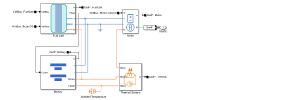
Mathematical Modelling - Model Fuel Cell Systems and Develop Fuel Cell Control Systems
- Model and simulate FCS and develop FCCS
- Simulate fuel economy, performance, and thermal effects in fuel cell electric vehicles (FCEVs)
- Achieve functionalities like current, voltage, and power monitoring and thermal management

Mathematical Modelling - Model Inverters, Traction Motors, and Develop Motor Control Software
- Model and simulate motors, power electronics, and MCUs
- Design, simulate, and validate power conversion systems using model libraries of energy sources, power semiconductors, and machines such as permanent magnet synchronous motor (PMSM) and induction motor (IM)
Electric Vehicles, Hybrid & Fuel Cell Trainer Systems

Electric Vehicle Trainer
The aim of our Electric Vehicle Technology lab is to provide students with the skills and knowledge required to maintain and repair Electric and Hybrid vehicles.
We provide instruction at three levels:
1. Complete Vehicle Systems
2. Common EV Sub-Systems
3. EV Electrical and Electronics Fundamentals

Hybrid Vehicle Systems Panel Trainer
This trainer provides students and instructors with the opportunity to demonstrate, investigate and fault-find a simulation of a hybrid vehicle electrical system. The trainer is designed to allow access to a simulation of the mechanical operation as well as provide a mimic of the electrical power flow.
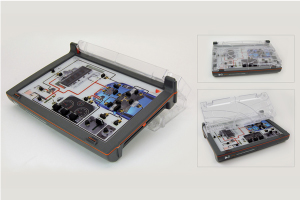
Modern Starting and Charging Systems Trainer
The board is focused on the starting and charging systems of a modern vehicle. Students are set tasks that encourage them to explore CAN Data Bus systems practically and also improve their knowledge of components, circuits, signals and systems.

STEM Integrated Electric Car Lab
This fast and sleek 1/10th scale electric car comes with all the electronics and hardware needed to assemble the kit, and includes easy-to-use visual instructions. This kit is also compatible with most hobby standard DC motors, gears, radio transmitters, Servos, Bodies, wheels, tires, and more.
Self-Driving Autonomous Car
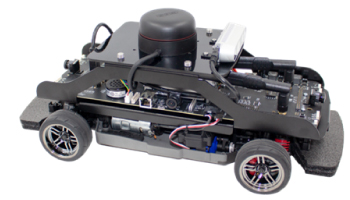
Sensor-rich autonomous vehicle
QCar, the feature vehicle of the Self-Driving Car Research Studio, is an open-architecture, scaled model vehicle designed for academic research. Working individually or in a fleet, QCar is the ideal vehicle for validating dataset generation, mapping, navigation, machine learning, artificial intelligence, and other advanced self-driving concepts.
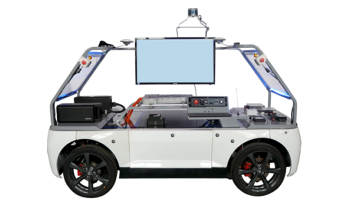
Autonomous Vehicle Hub
Electric Vehicle and Autonomous Vehicles to train the students to innovate and develop to motivate the local manufacturing ideas. Driverless education vehicle, on the basis of pure electric vehicles, with wire-controlled drive/brake, wire-controlled steering and by wire-controlled shift of the wire-controlled chassis, including 16 lines of LIDAR, millimeter wave radar, inertial combined navigation, camera and intelligent networked vehicle. RF connection line (2), inertial guidance simulation device which can realize GPS static measurement and data processing, GNSS-RTK system basic structure.

The wire-controlled Chassis Platform is composed of three systems:
power system, brake system and steering system which is in line with the L6e light-truck regulation standard through visualization software to complete the wire-controlled steering, wire-controlled driving, wire-controlled drive system and wire-controlled simulation.
Binocular Camera Platform:
Contains binocular camera assembly, speed simulation device, moving target, alarm device.
Chronic Navigation Platform:
Inertial integrated navigation system training platform includes inertial navigation host, satellite antenna (2), radio frequency connection line (2), inertial navigation attitude simulation device.
Lidar Platform:
Includes 16-line lidar, solid-state lidar, and single-line lidar. It is convenient for students to analyze the point cloud data and principle analysis of the three lidars. It can realize the functions of lidar principle teaching, installation and calibration, and detection target data analysis.
Millimeter Wave Radar Training Platform:
The training platform includes ultrasonic radar (8), low-speed collision controller, millimeter wave radar sensor (77HZ), CAN analyzer.
Edutech PIXKIT is an open source autonomous driving development and education kit
Edutech PIXKIT, full-stack, cost-effective and high-performance, it supports open source autonomous driving software Apollo and Autoware, as well as platforms like ROS, MATLAB/Simulink and more. With software and hardware platform stacks, plus comprehensive user manuals and documentations.
Edutech PIXKIT is dedicated to lowering the entry barrier of autonomous driving development. It empowers academic professors, educational experts, developers and general engineers to quickly develop and deploy autonomous vehicles, build/test algorithms and launch AV demonstrations, sparking more possibilities.
- Rapid prototyping for autonomous driving vehicles
- Quick deployment and demonstration in single or multiple scenarios
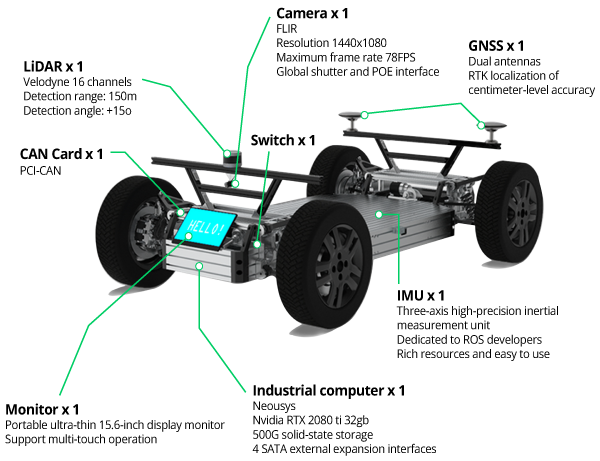

Open source drive-by-wire chassis which is fully electric

Modular mounting brackets

Full set of sensors

Industrial remote control

High precision Drive by wire Control
Drive-by-wire control on steering, braking, acceleration, gear switch, and vehicle lighting system

Open Source
CAN protocol interfaces and mechanical, VCU supports open advanced control mode designs are all open source

Assistance Functions
Low-speed automatic parking mode and Hill start assistance

Multiple Steering Modes
4-wheel hub motors with independent drive and closed-loop control, enabling 4-wheel and 2-wheel steering modes, powerful and flexible.

Safe and Reliable
Protection on speed accidental operation. Remote emergency stop. Bionic architecture. The cerebellum (VCU) is independent of the autonomous driving system and controls the secure actuation mechanism of the chassis, reducing electronic control redundancy while ensuring autonomous driving of high safety level.
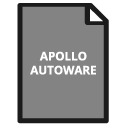
Apollo and Autoware Supported
Corresponding chassis DBC les for Apollo and Autoware are provided. With open CAN interface, PIXKIT is fully plug-and-play. Meanwhile, various autonomous driving algorithm systems and formats are supported

College Teaching Experiment

Enterprise Research and Development

Dynamic performance test

Logistics

